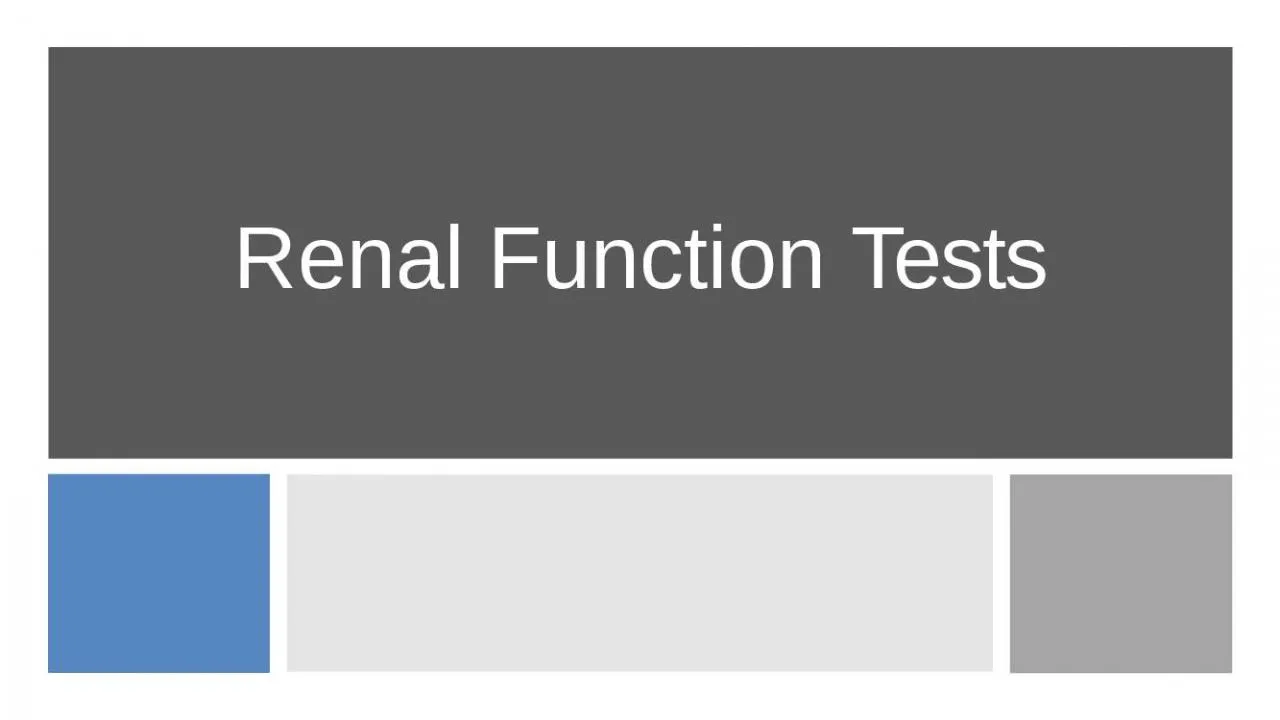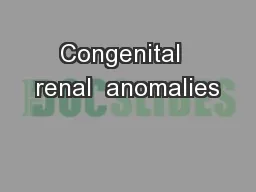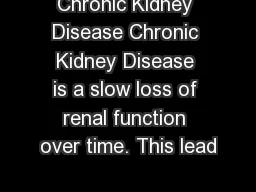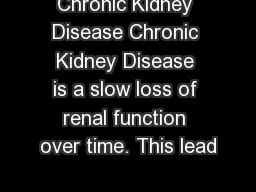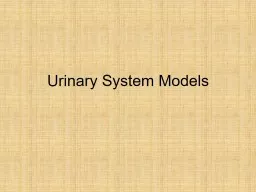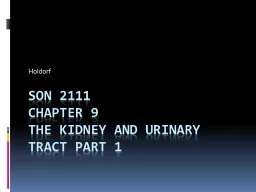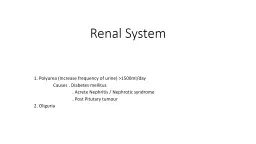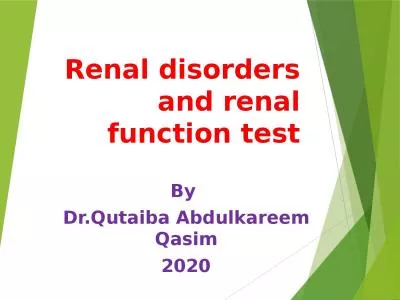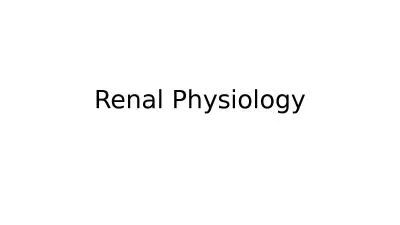PPT-Renal Function Tests Kidney
Author : alis | Published Date : 2022-05-18
Functions Renal function tests Why needed When should we assess renal function Older age Family history of Chronic Kidney disease CKD Decreased renal mass
Presentation Embed Code
Download Presentation
Download Presentation The PPT/PDF document "Renal Function Tests Kidney" is the property of its rightful owner. Permission is granted to download and print the materials on this website for personal, non-commercial use only, and to display it on your personal computer provided you do not modify the materials and that you retain all copyright notices contained in the materials. By downloading content from our website, you accept the terms of this agreement.
Renal Function Tests Kidney: Transcript
Download Rules Of Document
"Renal Function Tests Kidney"The content belongs to its owner. You may download and print it for personal use, without modification, and keep all copyright notices. By downloading, you agree to these terms.
Related Documents

